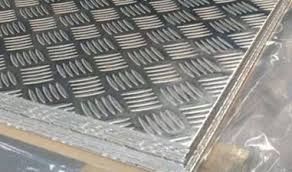
Benefits of Using MS Chequered Plates for Staircase
To know more about ms chequered plates we have discussed about benefits of using ms chequered plates for staircases and walkways

© 2024 Crivva - Business Promotion. All rights reserved.